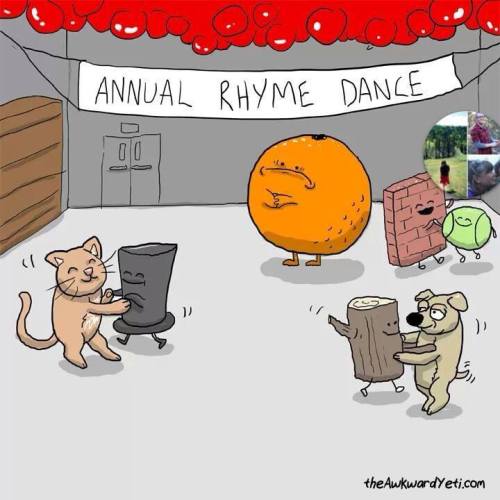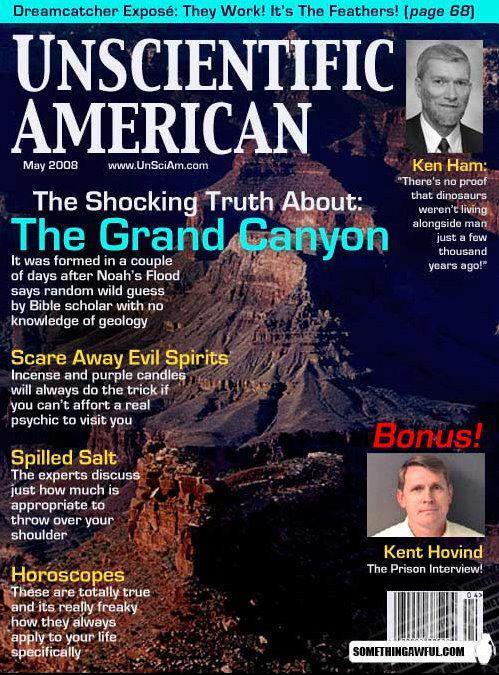Rhyolite is a high-silica lava, typically 70% (plus or minus a little) SiO2 by mass. In molten form the silica tends to stick together in chains, like a polymer, so it's "sticky." It tends to be quite viscous, or resistant to flow, and ions have a difficult time migrating into stable crystal nucleation and growth sites. Thus, when they cool fairly quickly- and especially if they have low water content (Water acts in an opposite manner to silica: it makes molten rock less viscous and increases ion mobility)- lavas like rhyolite tend to be glassy. And as
I mentioned yesterday, this outcrop is quite glassy. I was
warned by Sharky on my first visit to this spot that "They're glassy, so be careful." Being the bright student I was (and dressed in a tee-shirt and shorts, but thankfully, also thick glasses), I walked up to a solid exposure and gave it a sharp thwack with my hammer. Then spent several minutes picking out splinters of glass from my arms, legs and face. Ah, the joys of field geology...
Glass is not "stable" in a geologic sense- that is, it would "rather" be in mineral form, such as quartz and feldspars. Glassy rocks are referred to as "vitreous," and processes and textural forms associated with that glass turning into mineral crystals are referred to as "devitrification (structures)." This photo is crammed full of such structures. The most obvious to me are the vuggy vesicles partially filled with agate. The agate is clearly layered from the bottom up, and is a good geopetal indicator- that is, the layering is horizontal, and the flat, open, surface is the direction of "up." (This is the solution to
the problem rock I sent along to Cannibal Panda about a year ago, and another sample from this outcrop is pictured several times in that post.) Vuggy vesicles with secondary infilling of this nature are referred to as "
lithophysae" (singular, "lithophysa"), meaning "rock flower," and at times, the resemblance to a flower or bud can be striking.
But wait! There's more! If you look carefully at the full size image, you can see that the inside of the lithophysae are lined with a thin (~2-3 mm) ragged coating of silica that was deposited
before the agate. This is likely vapor phase silica, possibly tridymite, but one would have to use x-ray diffraction to be certain- they're too fine-grained to distinguish with a petrographic scope. In fact, the only thing one
can distinguish in a thin section of this rock is abundant sanidine- a discovery that disappointed, but shouldn't have surprised, me.
Wikipedia just cleared up a ponderment I've had since igneous petrology, lo these many years past... what is the actual distinction between lithophysae and spherulites? Apparently, lithophysae are simply one division of the larger group of
devitrification structures known as spherulites. The former are just larger, cavernous (that is, open, with void space) examples of the latter. With another glance at the photo, you should be able to quickly see that the rock is choked with roughly spherical, pea-sized forms; these are spherulites, where a devitrification front radiated outward from a central nucleation point, probably halting when the rock cooled to the point that crystallization was no longer possible.
If that's not enough to flabber your gast, this
may represent a rheomorphic flow (See
Magma Cum Laude for a good discussion), but I don't know enough to say how likely that possibility is. There is definitely some deformation in this flow. The question is, did the flow erupt as a viscous mass, and flow into place in its current form, or did it erupt as an ignimbrite, settle to the ground, weld into a sticky mass, and subsequently undergo some plastic deformation? The latter would make it a rheomorphic flow. If I knew where the lower contact of this flow was, I might be able to tell- for a simple flow, I'd expect a blocky, brecciated contact, for a rheomorphic flow, the contact would be pretty sharp, and likely start off ashy, then get more vitreous upwards. However, I don't know where that contact is, and don't particularly feel like jack-rabbiting off through the sage in an attempt to find it. As is often the case, I'm content just to ponder the puzzle.
Safety note: If you choose to track this spot down, please see
yesterday's safety comments.
Photo run through Paint.Net's autolevel routine for contrast and saturation. August 19, 2011.
FlashEarth Location.




















































